First - I would like and need more likes than views or follows. This project involves hard work, so everybody please help me here. Thanks a lot.
Important project logs:
1. Concept design drawings and missing pictures
2. Plug and Play vehicles - unexpected consequences after mating season
3. Vacuum Tube Sound System (I)
5. Science time (I): Artificial Neural Network-based mechanical faults diagnosis (I)
7. Science time (II) Reducing exhaust pollution
11. Madhouse Reloaded - insane wiring
12. Wireless solar-powered liquid level sensor - ESP8266-based
13. Vacuum Tube Sound System (II) - final stage
14. Radiation Detection system
16. Rebuilding gauges and dials
18. Getting access to high performance equipment
19. Science time (III): Madhouse Revolution - rebuilding a Gas Chromatograph
20. Science Time (IV): Dacia 1310 Engine Exhaust Gas Analysis using TCD Gas Chromatography
21. Artificial Neural Network-based Mechanical Faults Diagnosis (II) - The Blonde Power
22. Artificial Neural Network-based Mechanical Faults Diagnosis (III) - Vibration Detection Test
23. Project halted: financial reserves below zero
24. Assistive Technologies - Let's improve night time driving
25. Assistive Technologies - Building cheap night-time vision goggles
27. Project status: awaiting scrapping for material recycle and recover of investment
Project Aimed features:
- Retro-style concept using both old and new technology in a (hopeful) beautiful design;
- Restoration of an old rusty trash dumpster, transforming it from a 4-wheeled chicken coop into its former glory;
- Illuminated scales and pointers on the original analog gauges;
- Intensity of light is adjusted with an Arduino and an Adafruit 24-Channel 12-bit PWM LED Driver - SPI Interface (TLC5947);
- Analog gauges controls made also with Arduino and an Adafruit 16-Channel 12-bit PWM/Servo Driver - I2C interface (PCA9685);
- Subminiature vacuum tube based sound system;
- Dashboard computer displays messages through an color 5" cathodic ray tube (no LCDs allowed);
- The dashboard computer also contains two oscilloscope vacuum electrostatic cathodic ray tubes to monitor the vibrations in all 4 wheels;
- Vibration monitoring is passed through a HM2007 Hardware Neural Network (a speech recognition integrated circuit) which will be "trained" to recognize different situations: broken bearings, flat tire, wear in bushes steering system, malfunctions inside engine block;
- Experimental exhaust pollution reduction system by means of injecting hydrogen-oxygen mixture (Brown gas extracted by electrolysis) in the air intake manifold. System powered up by big solar panel - this aspect strongly depends on the funds I manage to acquire;
- Experimental pollution reduction [tested with a rebuilt gas chromatograph] which proved there's a chance of lung cancer reduction if applied to commercial automobile engines;
- Mechanical fault diagnosis of wheel bearings - extendable to the entire car mechanics - using hardware Artificial Neural Network and training data recorded while deliberately installing faulty parts;
- Night time vision improvement Assistive Technology using image amplifiers vacuum tubes for safe drive in remote areas;
- Rear camera connected to the computer monitor [NO FUNDS];
- i2c Tv Tuner module (from an old PCI tv tuner) connected either to the computer monitor or to an additional black and white display from an old "Rovesnik" miniature russian television [ZERO FUNDS];
- Interface with the Arduino, Bluetooth, Multimedia Audio System (vacuum-tube based - to keep the retro style), WiFi and whatever modern features are possible - all done with a Raspberry PI backed by FreeBSD Unix [BELOW ZERO FUNDS];
- Two miniature oscilloscope boards needed for the subminiature CRT tubes [funds acquiring probability coefficient below zero].
A short history about...
Read more » [skaarj]
[skaarj]
 Siemens re-branded StorageTek Industrial (PERTEC) interface tape drive
Siemens re-branded StorageTek Industrial (PERTEC) interface tape drive
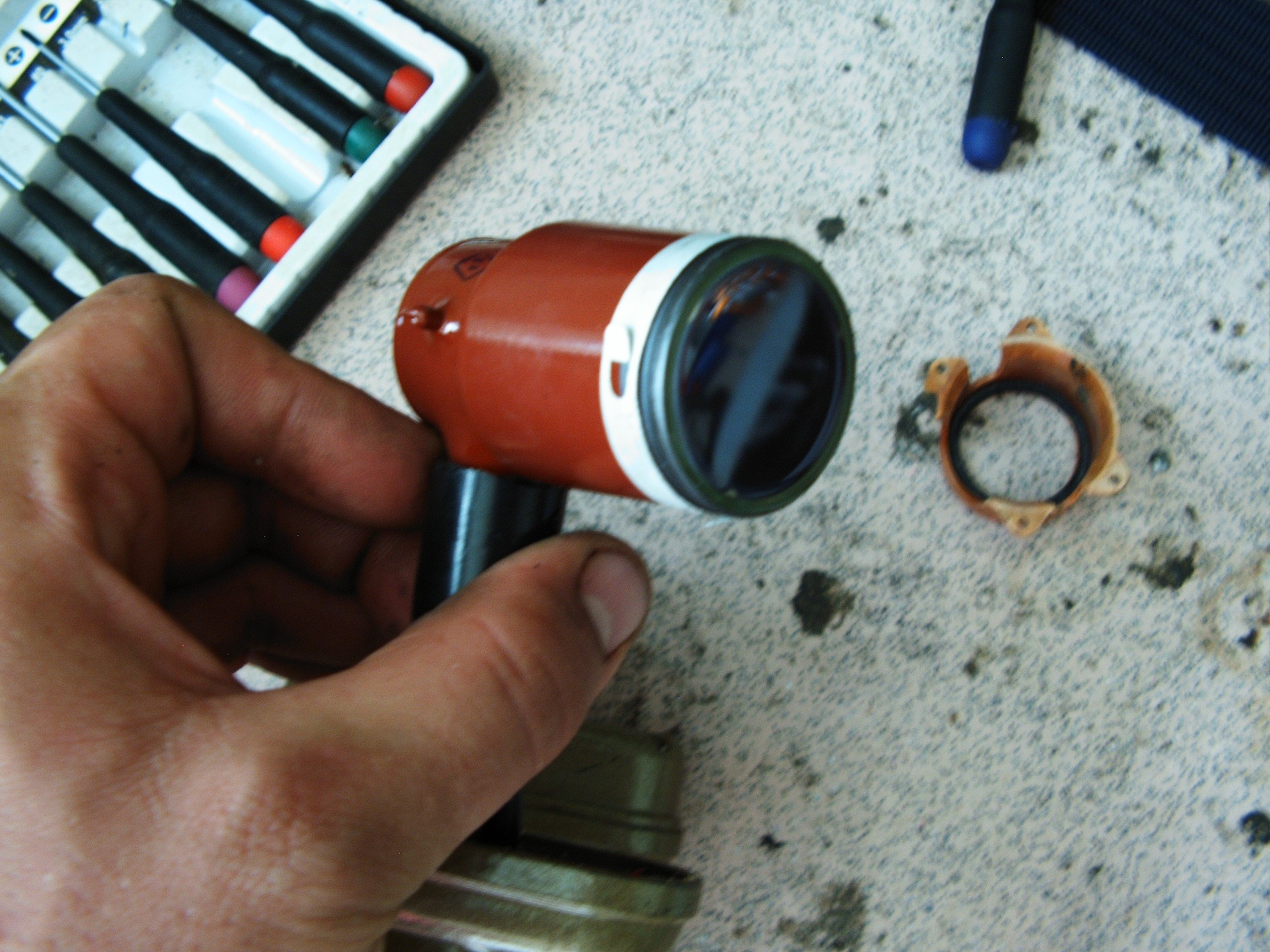

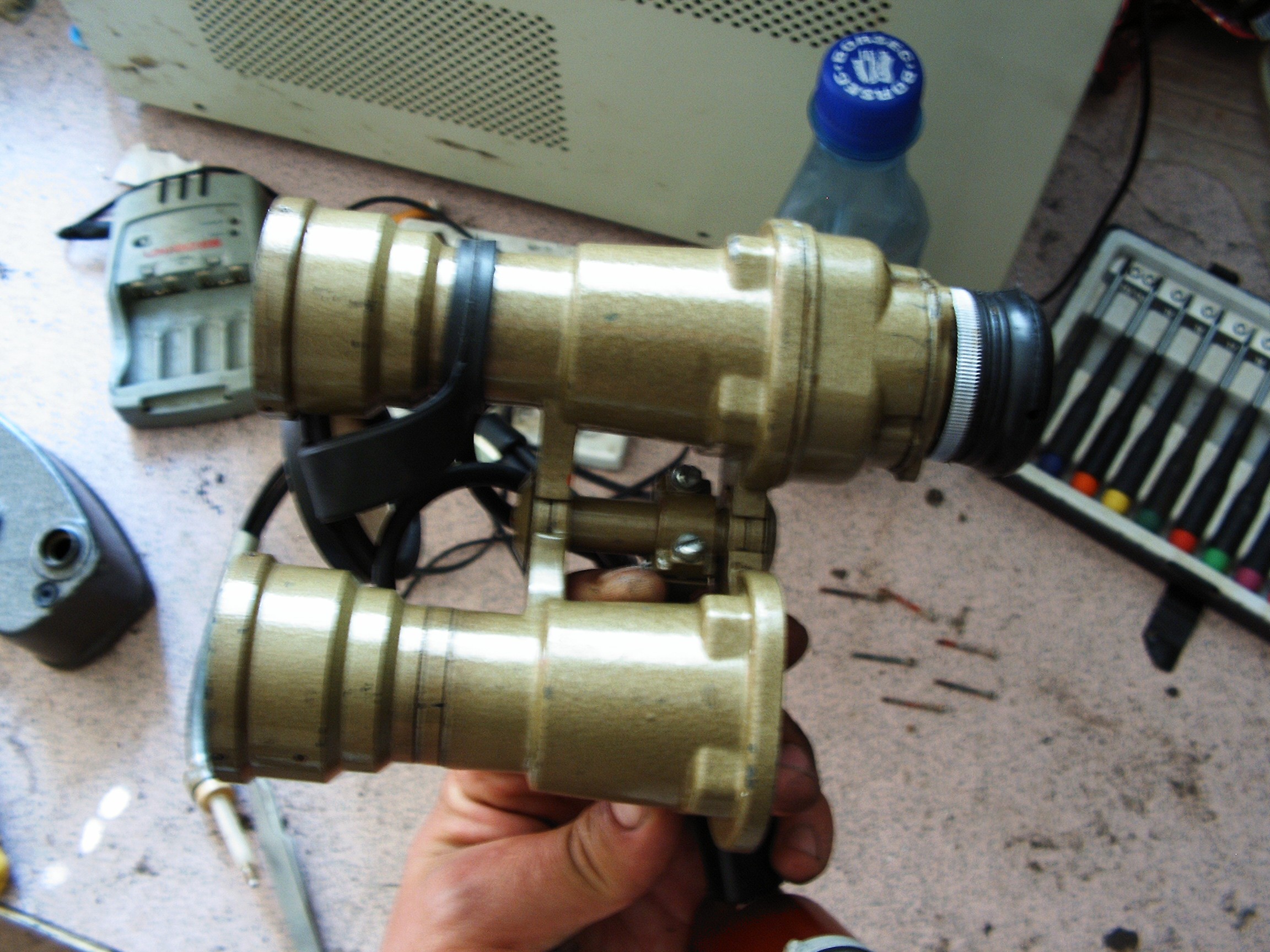


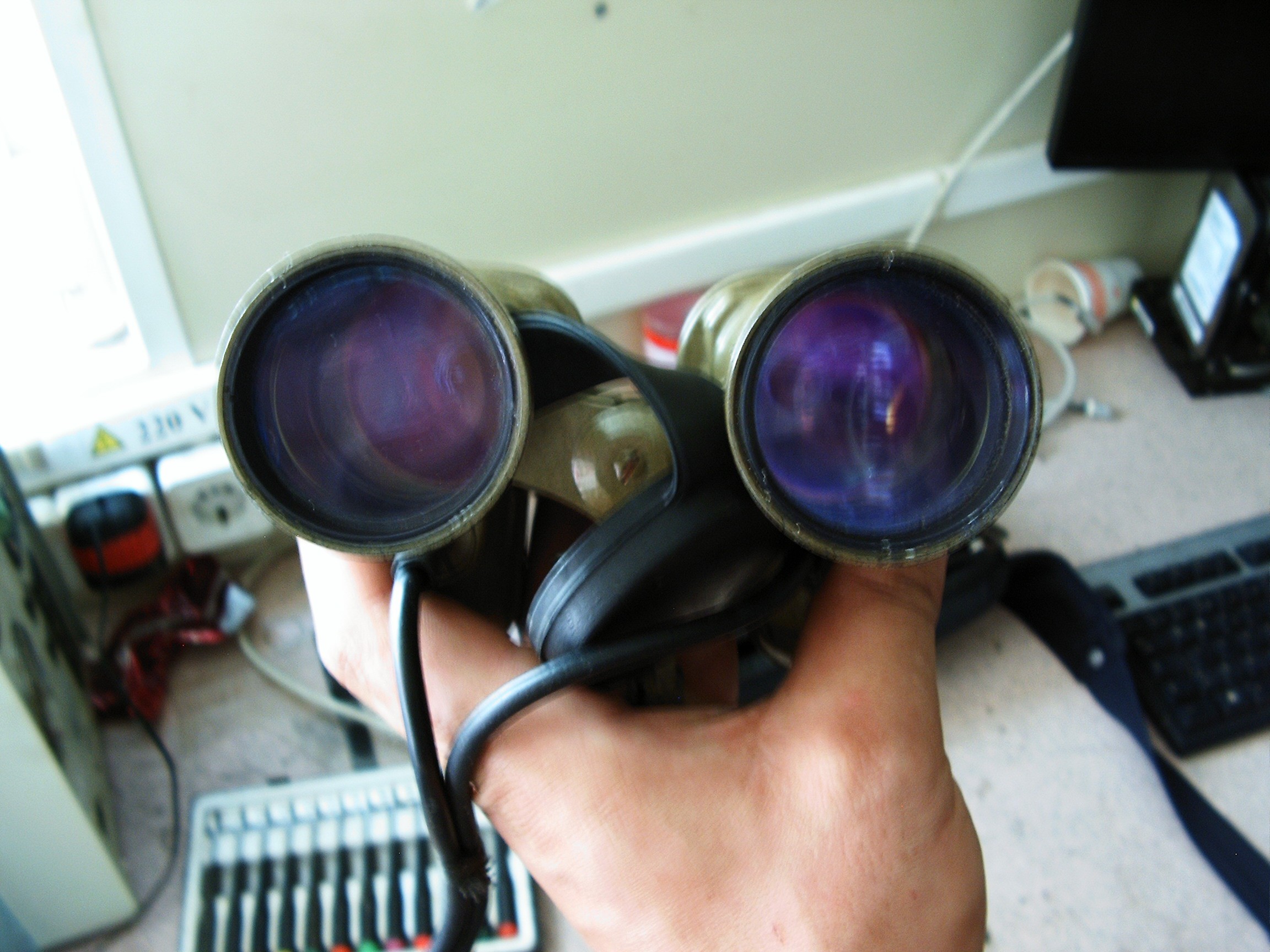

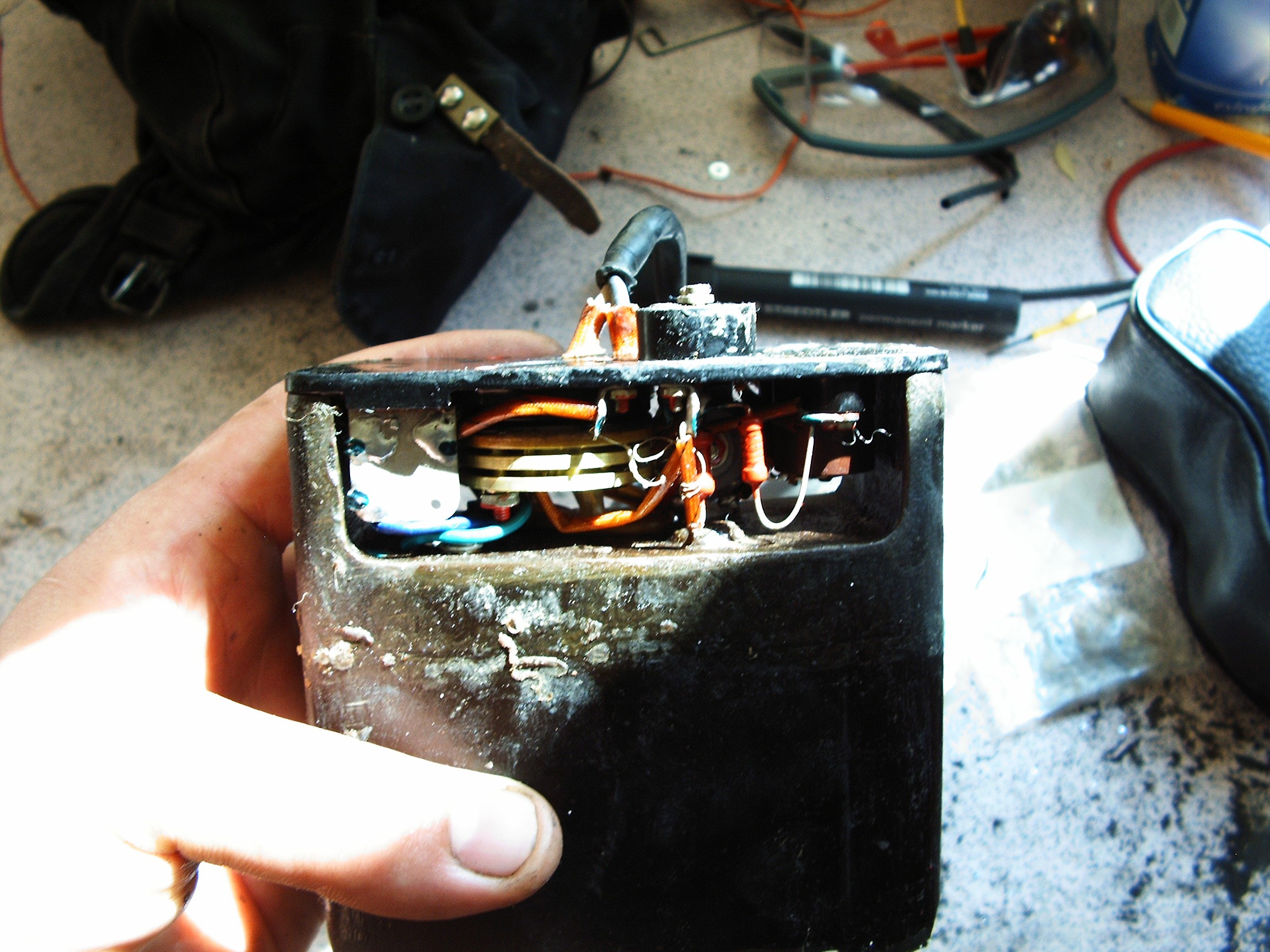
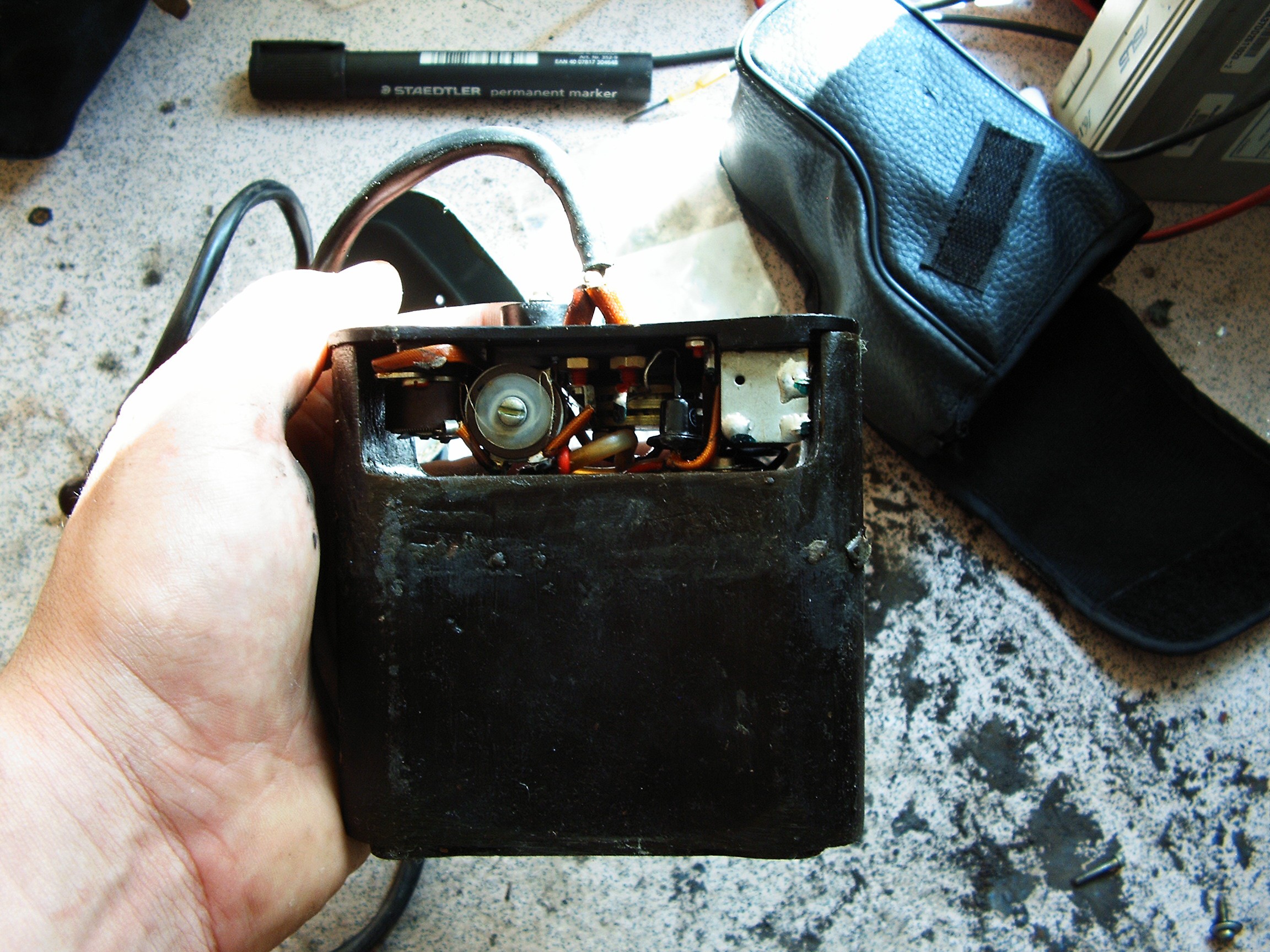
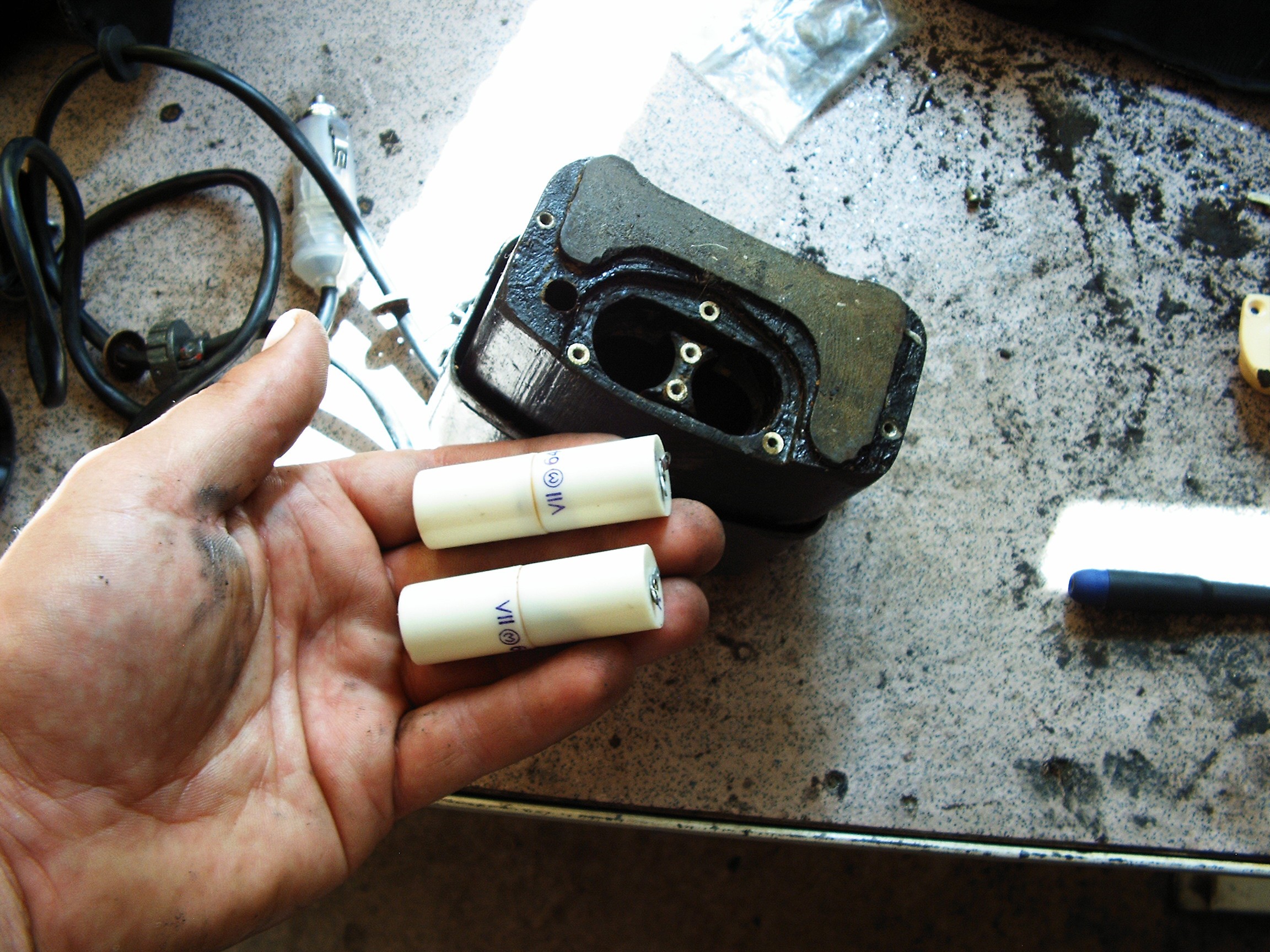

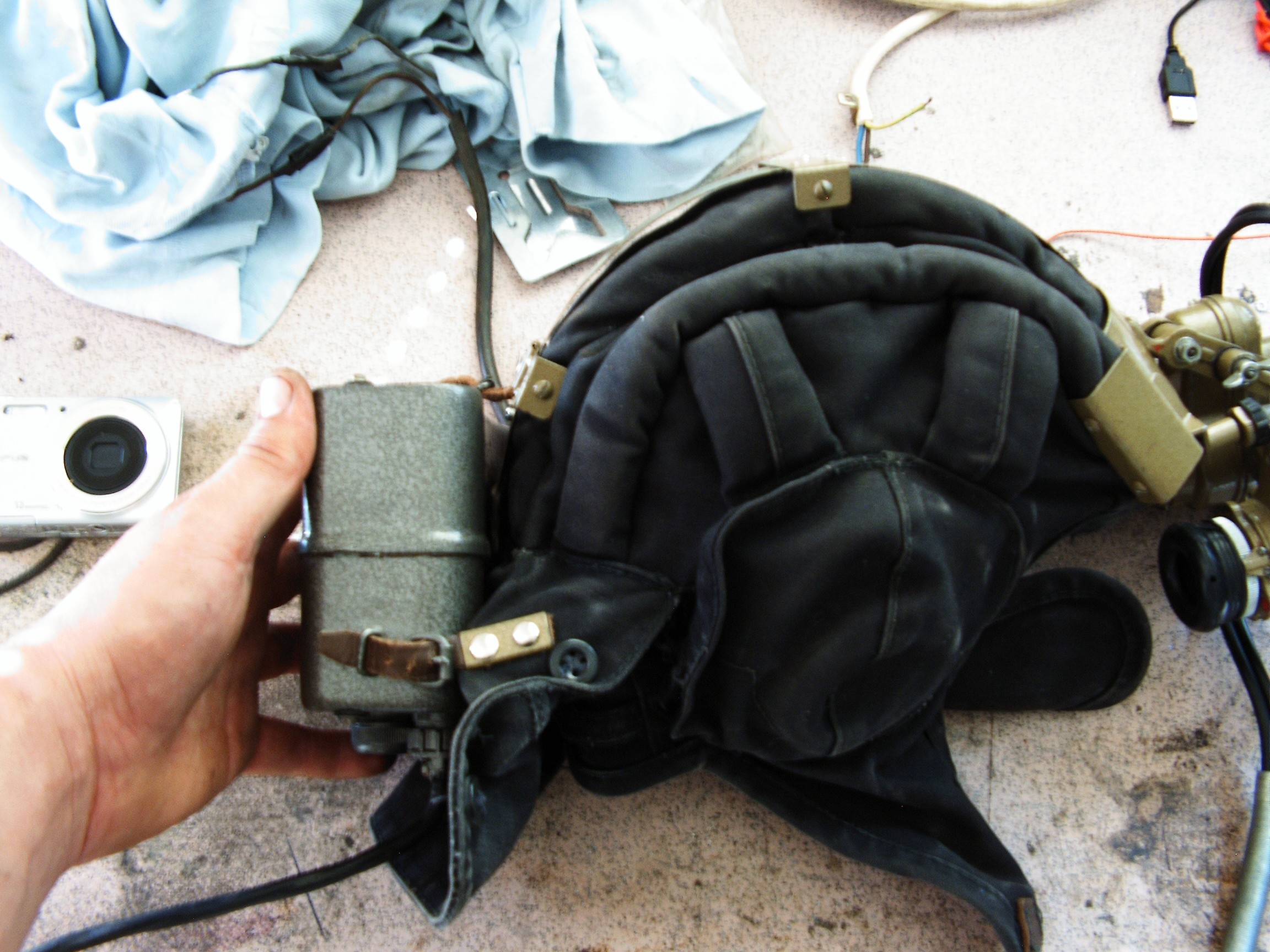

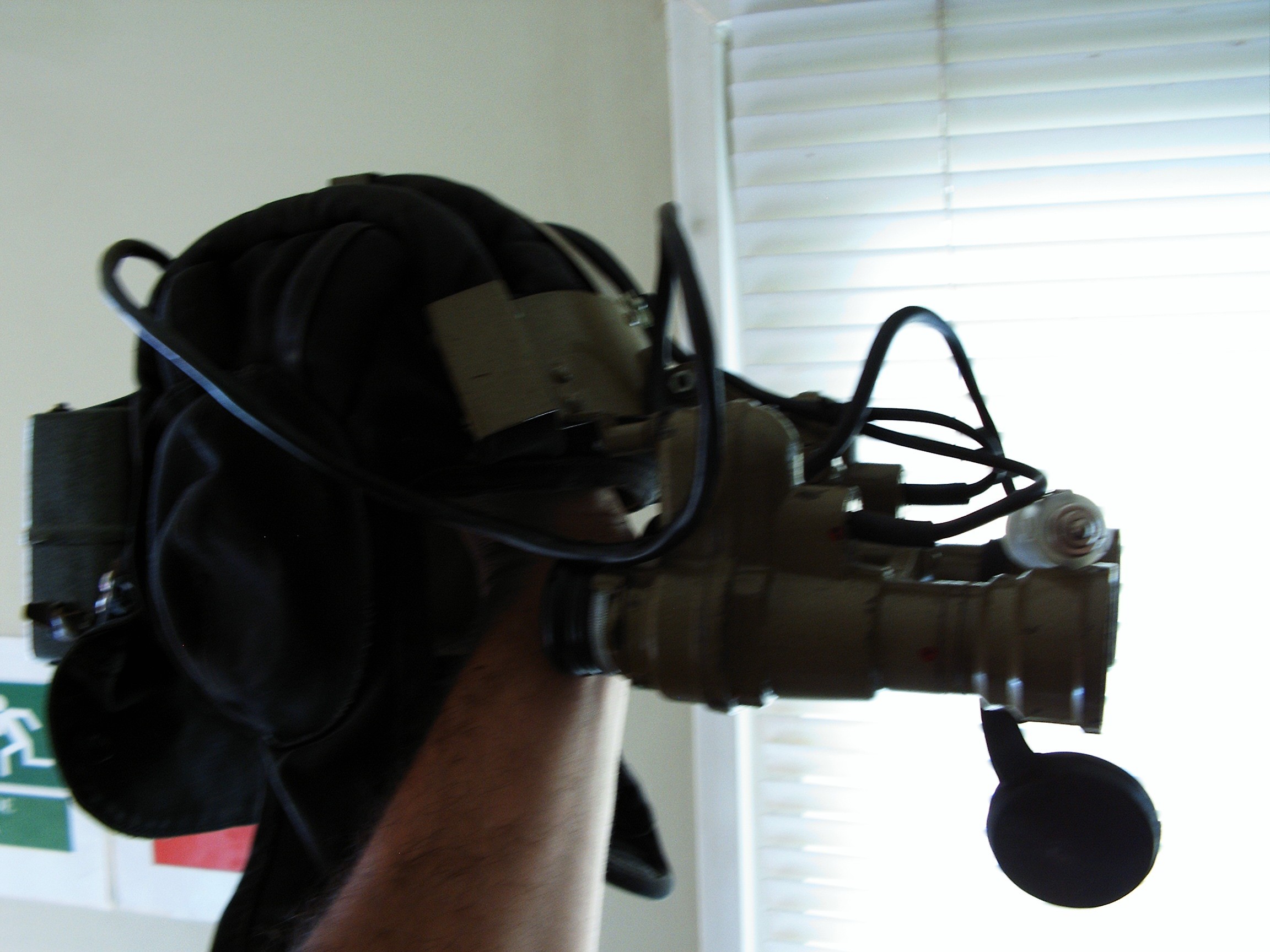
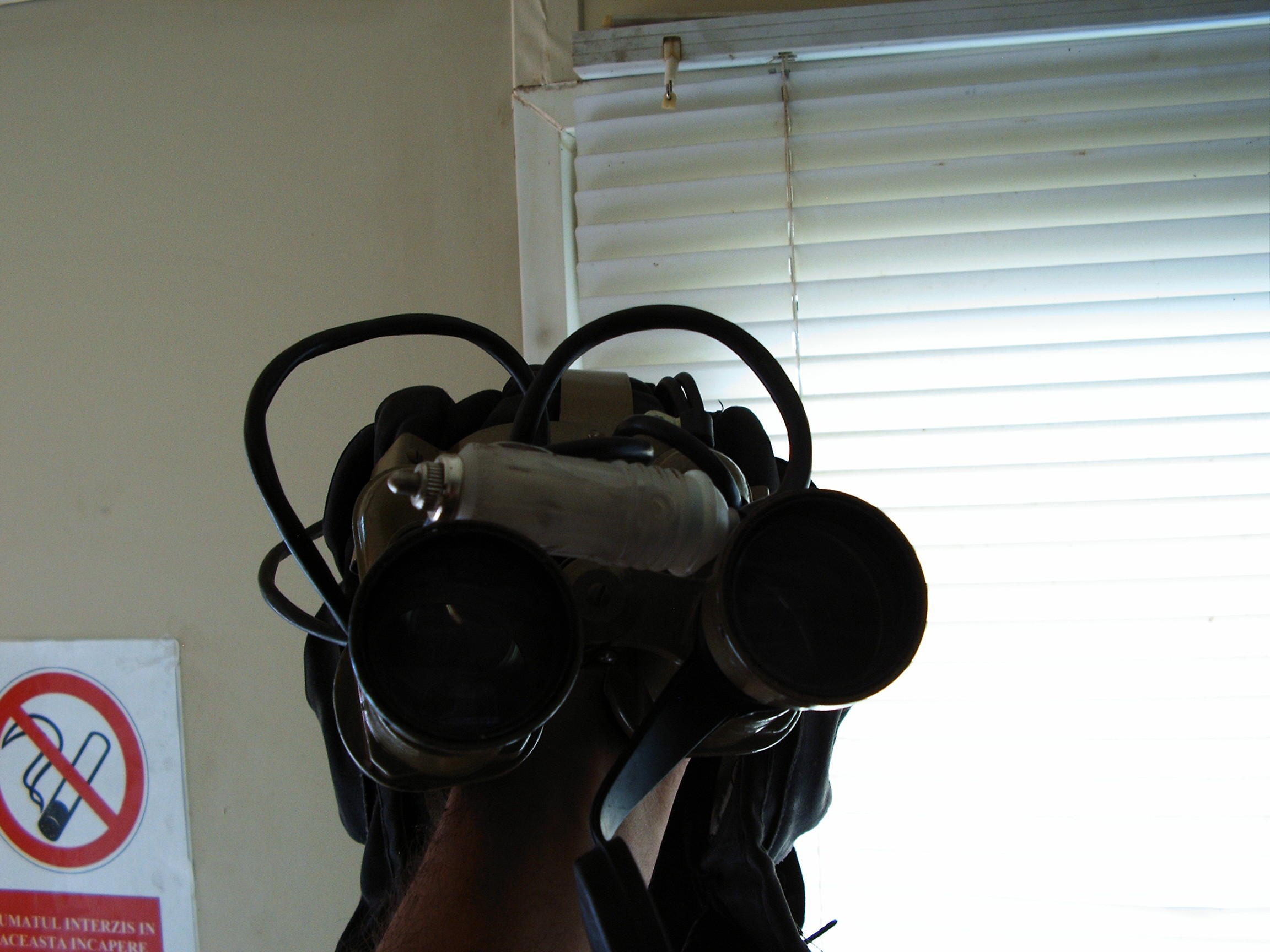
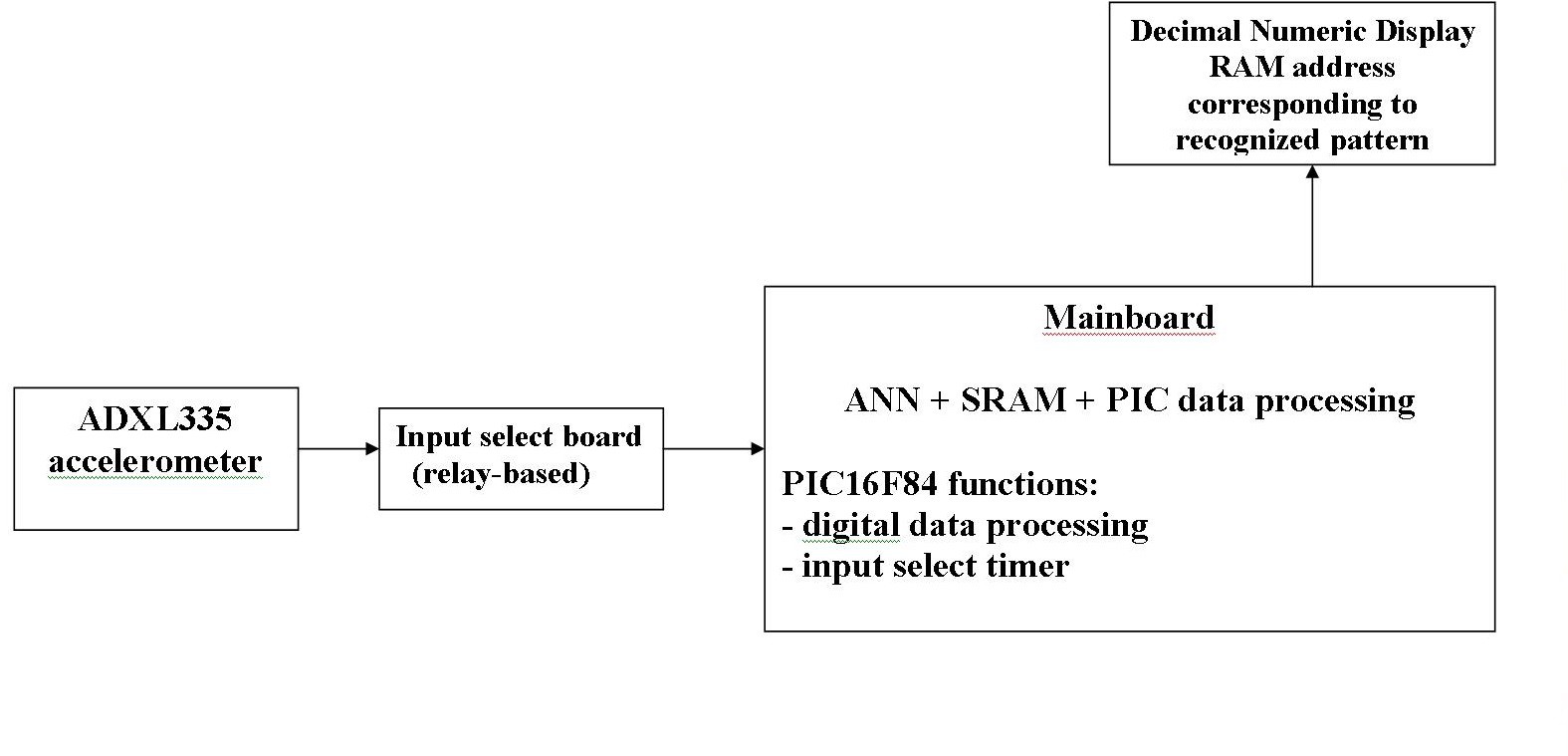
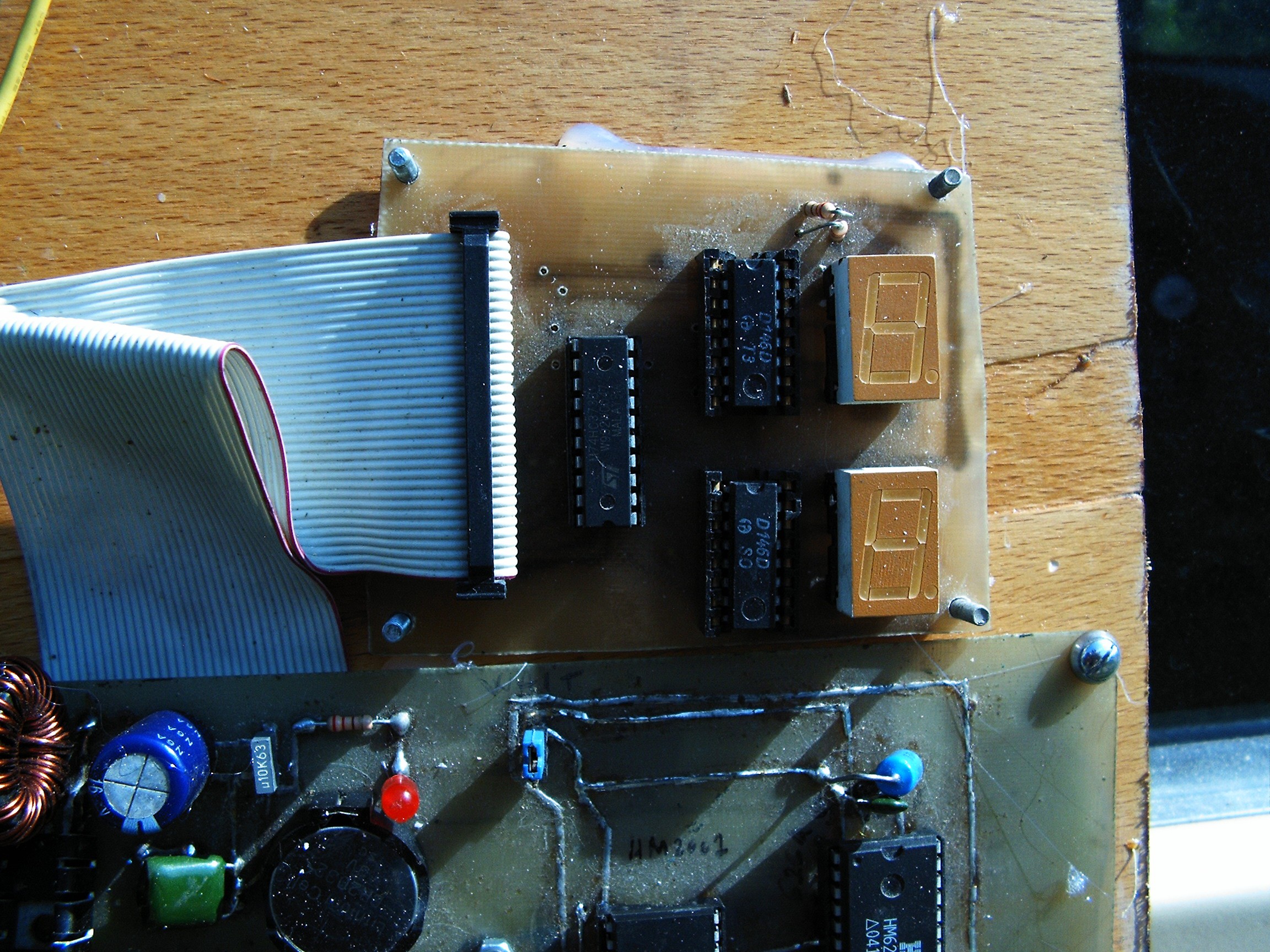

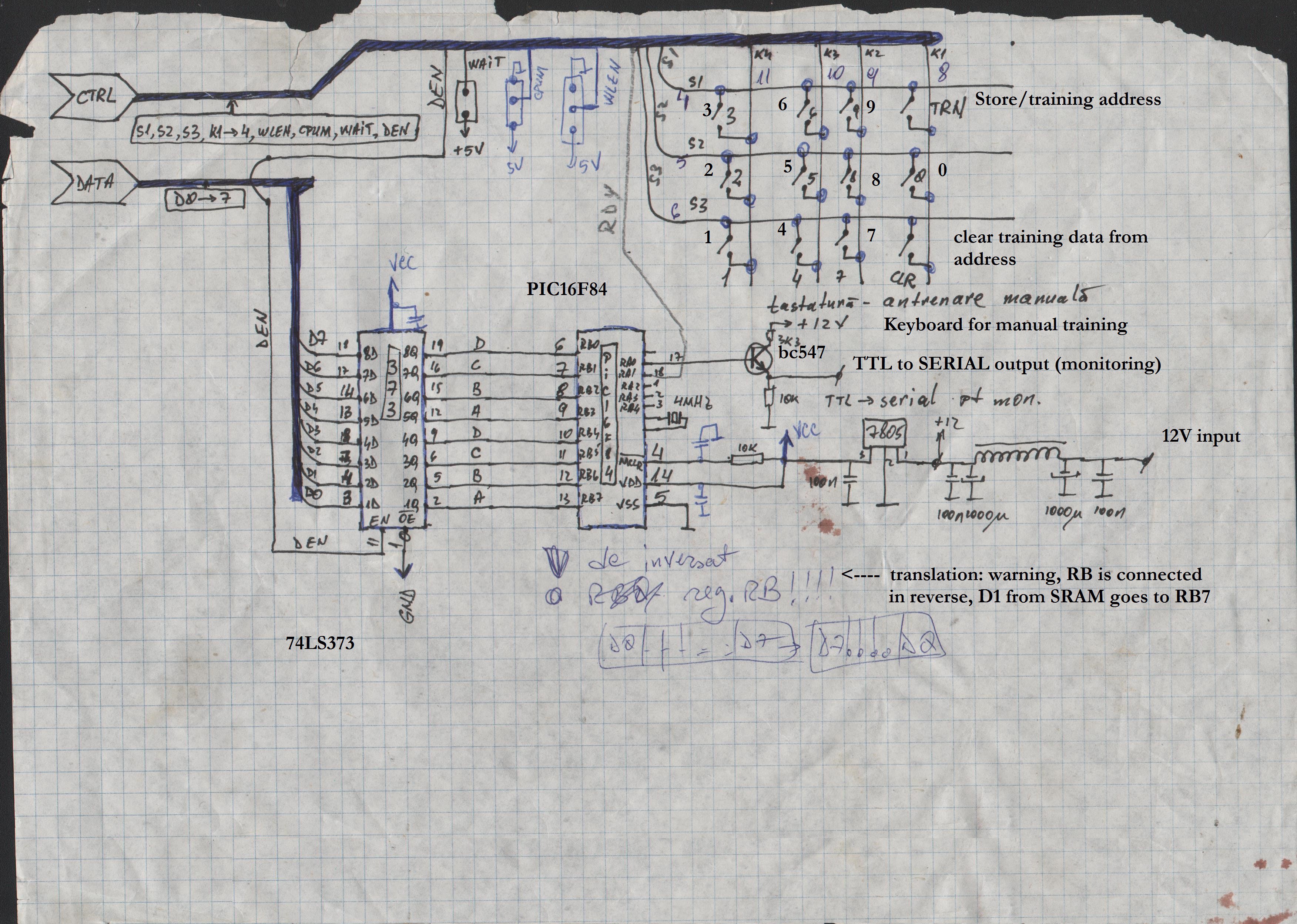
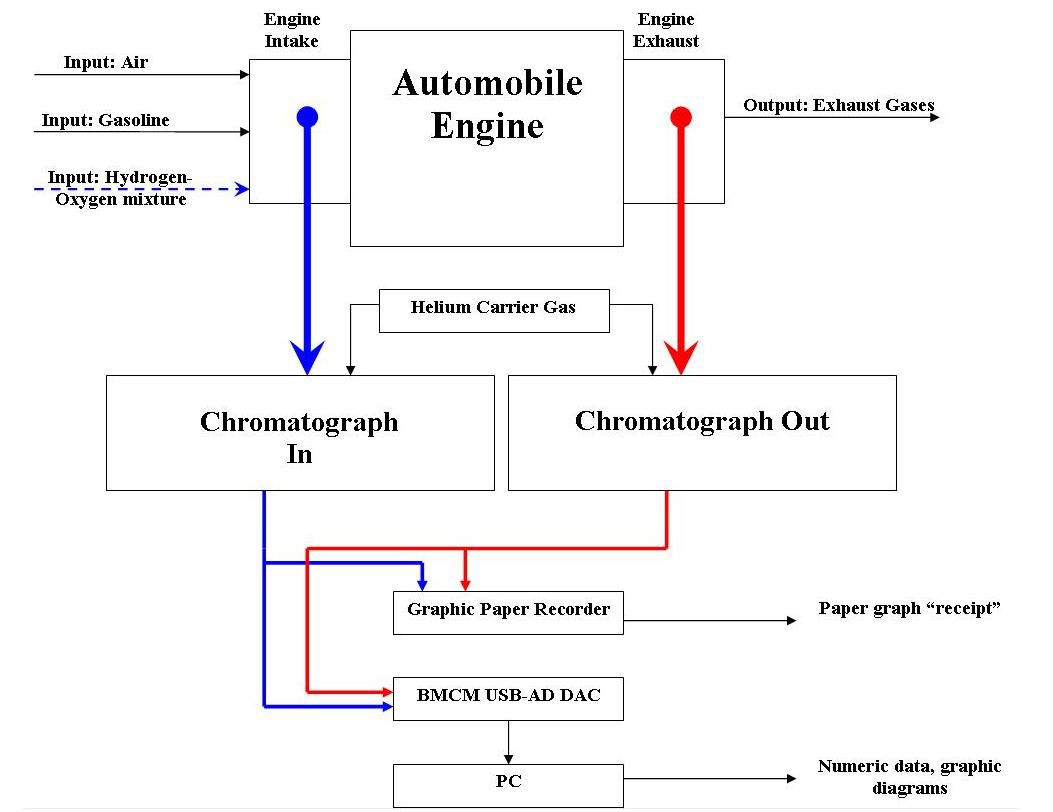



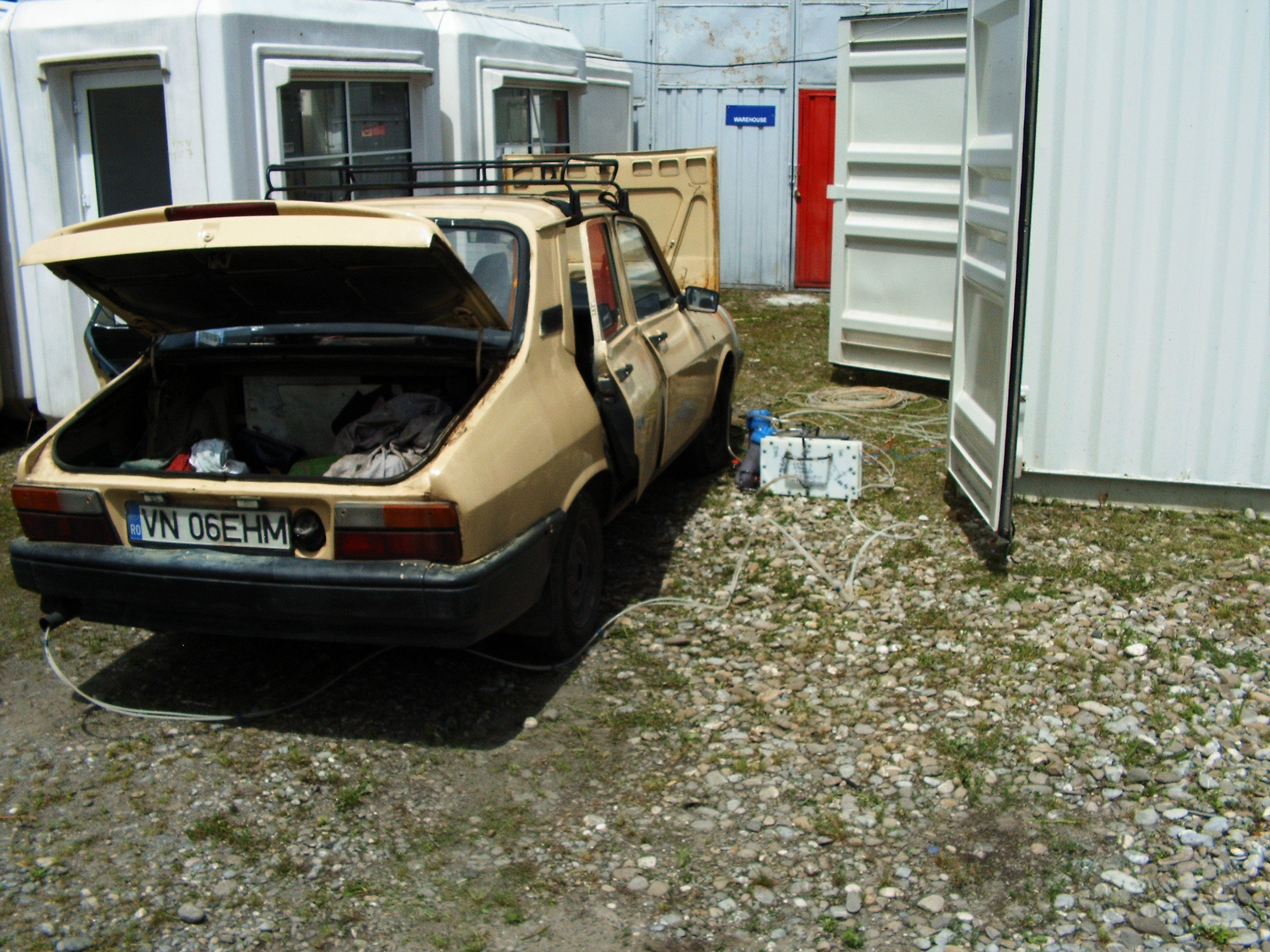

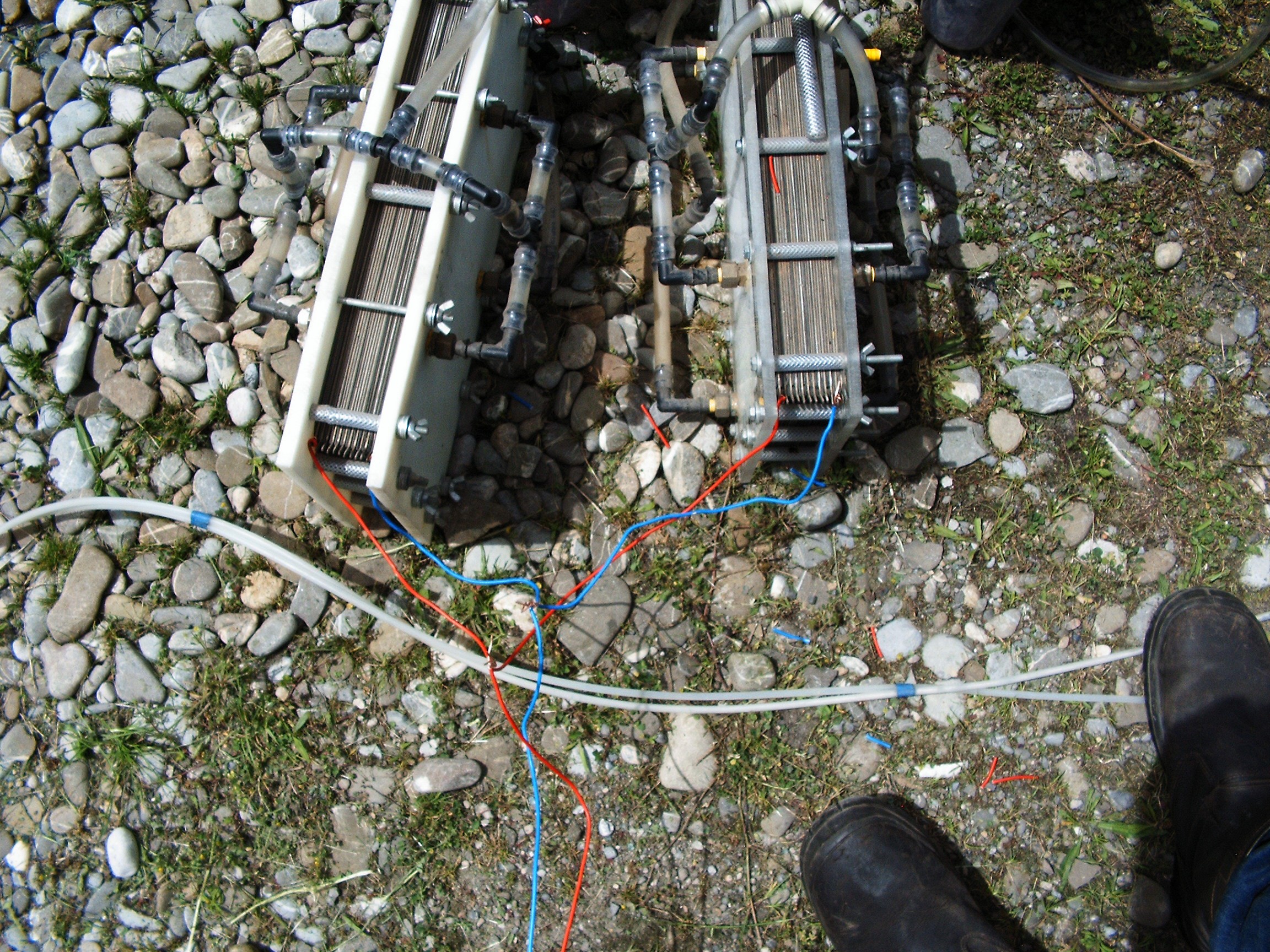


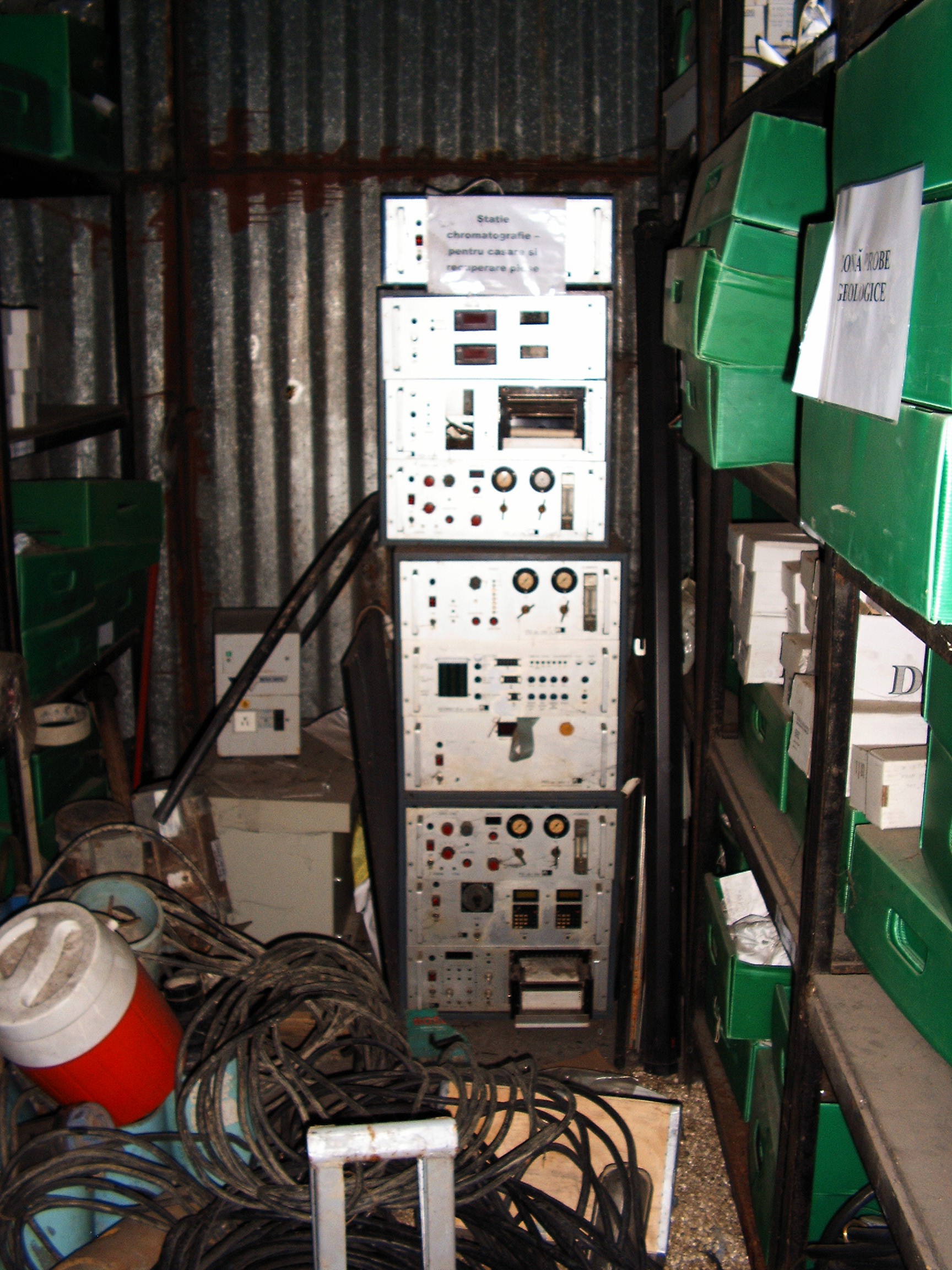






 Mike Thielvoldt
Mike Thielvoldt
 Rory
Rory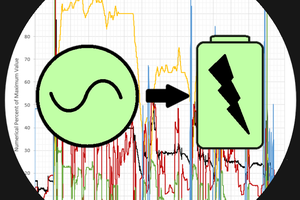
 Michael
Michael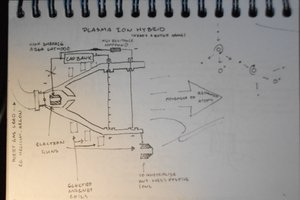
How can I donate money to this project? I love the project and I love your stories and I want to help you out if I can